Event details
- Top
- event information
- Event List
- <Finished> Fall 2014/Spring 2015 exhibition
2015.06.01
Information on the Fall 2014 and Spring 2015 Exhibitions
*Event has ended
この人たちに光を -写真家 Zhao root が伝えた入所者の姿-
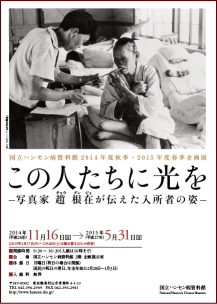
I moved to Tokyo in 1957 (Showa 32), and in 1961 (Showa 36), when I was working as a lighting designer for a film production company, I visited National Sanatorium Tama Zenshoen for the first time. There, he met Korean residents living in Japan and was deeply shocked by the thought, ``The people here are trapped in a darkness with no exit, just like what I once experienced underground.'' I became convinced that my mission was to convey to society the earnest desire of residents to escape from that darkness, and this was the opportunity for me to pick up a camera for the first time. This was the birth of a photographer whose sole purpose was to take pictures of residents and sanatoriums. Over the next 20 years, he visited 10 sanatoriums across the country and took over 20,000 photographs while eating and sleeping with the residents.
Cho Geun-jae's photographs depict a wife giving water to her disabled husband from a kettle, a visually impaired person reading Braille with his tongue and lips instead of his numb fingers, funerals of deceased residents, It clearly depicts the people living there and their way of life, such as Patient exercises. These are many scenes that could not have been filmed without a strong relationship of trust with the residents. It also shows the crematorium, confinement rooms, etc., and conveys the uniqueness of the sanatorium at the time when they existed. This exhibition will introduce 81 of these photographs.
Please take this opportunity to remember the images of the residents that Cho Geun-jae felt it was necessary to convey to society through photography.
Outline of the event
【会期】
2014(平成26)年11月16日(Day)From May 31, 2015(Day)
※2015年2月17日(火) から 2月28日(土)は展示替えのため休室
【休館日】
月曜日(祝日の場合は開館)、国民の祝日の翌日、年末年始(12月28日から1月3日)
【会場】
当館 企画展示室
【開館時間】
午前9時30分 から 午後4時30分(入館は午後4時まで)・入場料無料
Bringing light to these people - Photographer Cho Nezai's images of residents -
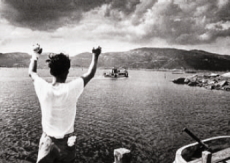
Send-off (1970)
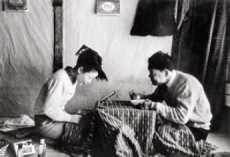
Newlywed (1967)
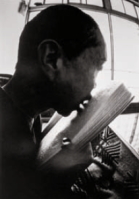
Tongue reading (1971)
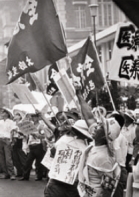
All-Japan National Leprosaria Patients' Association 's "Send a Doctor Demonstration" (1972)
Ancillary business information
【講演会】
趙根在の写真を語る
【講師】
大竹 章 氏(多磨全生園入所者)
【日時】
2014年11月29日(土) 13時30分 から 14時30分(開場13時)
【場所】
当館1階 映像ホール
【定員】
150人 当日先着順・事前申込不要・入場料無料
Lecture “Talking about Cho Geun-jae’s photography”
11月29日(土)午後1時30分から、大竹章さん(多磨全生園入所者)による「趙根在の写真を語る」に関する講演会が行われ大勢の方々にご参加いただきました。
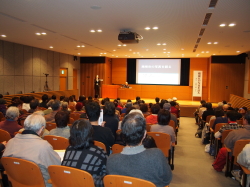
Greetings from the lecture
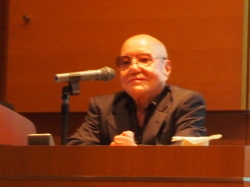
Lecturer Akira Otake
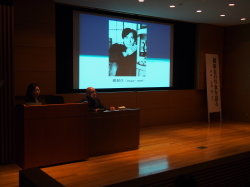
Talking about “Photographer Cho Geon-jae”

Talk about “visiting the ward”
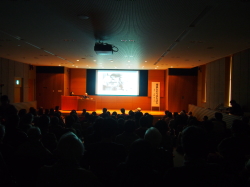
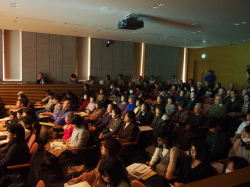
Scene from the lecture
